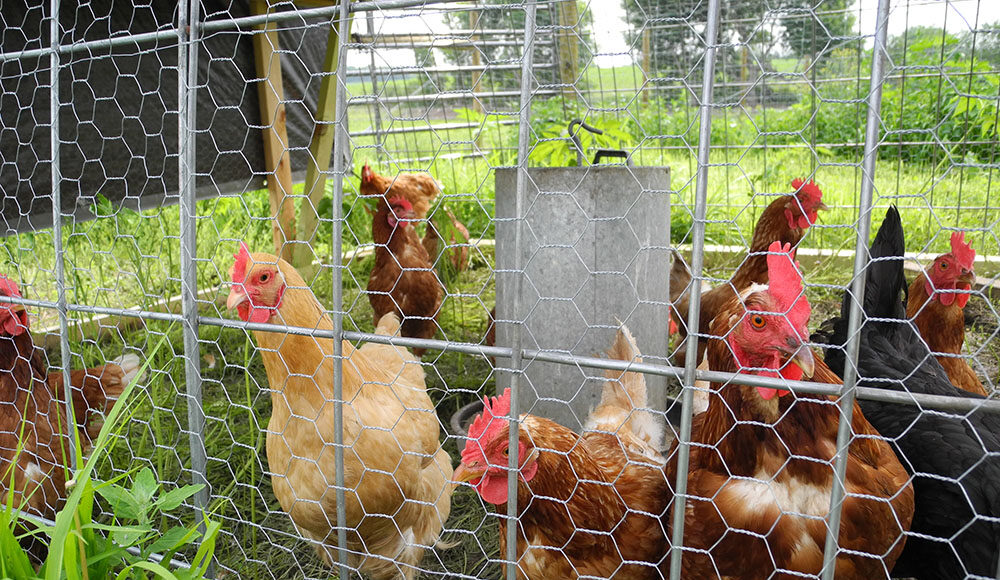Are you curious about the fascinating process of hatching eggs and wondering how to candle chicken eggs? Candling is an essential skill for anyone involved in the incubation of chicken eggs. This guide will walk you through how to candle chicken eggs, ensuring you understand the importance of this practice while providing guidance on performing it correctly.

What is Candling?
Candling is the process of shining a light through an egg to observe the contents inside. This technique allows you to assess the viability of the embryo and determine if the eggs are developing as expected.
Why is Candling Important?
Candling can be used to monitor the growth and development of the embryo. It helps identify any potential problems early, such as undeveloped embryos or eggs that are not fertilized.
Benefits of Candling Chicken Eggs
Learning how to candle chicken eggs provides several benefits:
- Identify Fertility: Quickly determine which eggs are fertile and proceed with incubation properly.
- Monitor Development: Keep track of the embryo’s growth, ensuring a successful hatching process.
- Increase Success Rates: Remove infertile or non-developing eggs to make room for the viable ones.
Essential Equipment for Candling
- A bright light source: LED flashlight or a specialized candling lamp.
- Dark room: Helps create optimal lighting conditions.
- Egg cradle or a hand-held device to hold the egg safely.
The Best Time to Candle Chicken Eggs
For accurate results, perform candling at different stages:
- Day 7: Check for viable embryos.
- Day 14: Monitor development.
- Day 18: Final check before lockdown phase.
Step-by-Step Candling Process
Follow these steps to successfully candle your chicken eggs:
- Set up your dark room and light source.
- Gently place the egg in your hand or on an egg cradle.
- Shine the light through the egg from the broader end.
- Observe the contents inside the egg.
- Identify the embryo, blood vessels, and any other signs of development.
Interpreting Your Findings
When learning how to candle chicken eggs, understanding the different observations is vital:
- Clear eggs: Likely infertile or died early in incubation.
- Veined eggs: Active blood vessels indicate healthy development.
- Dark spots: Moving spots suggest the presence of a viable embryo.
Common Candling Mistakes to Avoid
To ensure accurate results, be aware of these common candling mistakes:
- Using insufficient light: Ensure the light is bright enough for detailed observation.
- Handling eggs too much: Avoid excessive handling to prevent damage.
- Candling too frequently: Stick to a recommended candling schedule to minimize disturbance.
Tips to Enhance Your Candling Technique
Improve your candling technique by keeping these tips in mind:
- Use a specialized candling lamp for optimal results.
- Be patient and gentle with your eggs.
- Develop a routine to minimize interruptions during candling.
Common Questions About Candling Eggs
If you’re learning how to candle chicken eggs, you might have these questions:
- How often should I candle my eggs?
- Which types of light sources work best for candling?
- How can I tell if an egg is no longer viable?
Further Resources
For more on egg and chicken care, explore these helpful resources:

Frequently Asked Questions
What light source is best for candling eggs?
An LED flashlight or a specialized candling lamp is ideal for clear observation.
Can I candle eggs without any special equipment?
Yes, a bright flashlight can work, but specialized equipment provides better results.
Will candling harm the developing embryos?
If done gently and not too frequently, candling is safe for developing embryos.
This article contains affiliate links. We may earn a commission at no extra cost to you.










